What exactly are emissions? Why should you, as an individual, be concerned? Let’s explore these questions in more detail. In the most basic terms, emissions refer to the release of gases and particles into the atmosphere. They can be natural, like the carbon dioxide produced when we breathe out, or they can be man-made, such as the pollutants released by factories, power plants, and automobiles.
Why does understanding emissions matter?
💡 Understanding emissions is not just for scientists, policy makers, or environmentalists. It is crucial for every individual living on this planet, especially in today’s context.
There are three main reasons for this:
So, the next time you start your car, think about the emissions you’re producing. Is there another way you could get where you’re going that would produce fewer emissions? Every small action counts in the fight against climate change.
The term ’emission’ is thrown around quite a lot these days, especially in the wake of discussions about climate change and global warming. But what exactly does it mean? In the simplest terms, emissions refer to substances that are released into the atmosphere. These emissions can be natural or anthropogenic, and they come in a variety of forms. Let’s break them down:
As the name suggests, these are emissions that occur naturally without any human intervention. Common examples include volcanic eruptions and forest fires. Volcanic eruptions emit large quantities of carbon dioxide (CO2) and sulfur dioxide (SO2) into the atmosphere. Forest fires, on the other hand, release large amounts of carbon monoxide (CO), which can contribute to the formation of ground-level ozone, a harmful air pollutant.
“Mother Nature has her own way of contributing to the emissions in our atmosphere, often with dramatic and fiery displays.”

Anthropogenic emissions are those that are caused by human activities. This includes emissions from industrial processes, transportation, and domestic use. For example, burning fossil fuels for electricity, heat, and transportation is the largest single source of global greenhouse gas emissions. In addition, manufacturing industries release huge amounts of carbon dioxide and other harmful gases into the atmosphere during their processes.
When it comes to anthropogenic emissions, our daily activities play a significant role. From the car we drive to the energy we use in our homes, we all contribute to these emissions.
The main greenhouse gases emitted by human activities are carbon dioxide (CO2), methane (CH4), nitrous oxide (N2O), and fluorinated gases. These gases trap heat in the atmosphere, leading to the greenhouse effect and global warming.
CO2 is the most commonly emitted greenhouse gas and is primarily the result of burning fossil fuels. Methane, a more potent greenhouse gas than CO2, is released during the production and transport of coal, oil, and natural gas. Nitrous oxide is emitted during agricultural and industrial activities, as well as during the combustion of fossil fuels and solid waste.
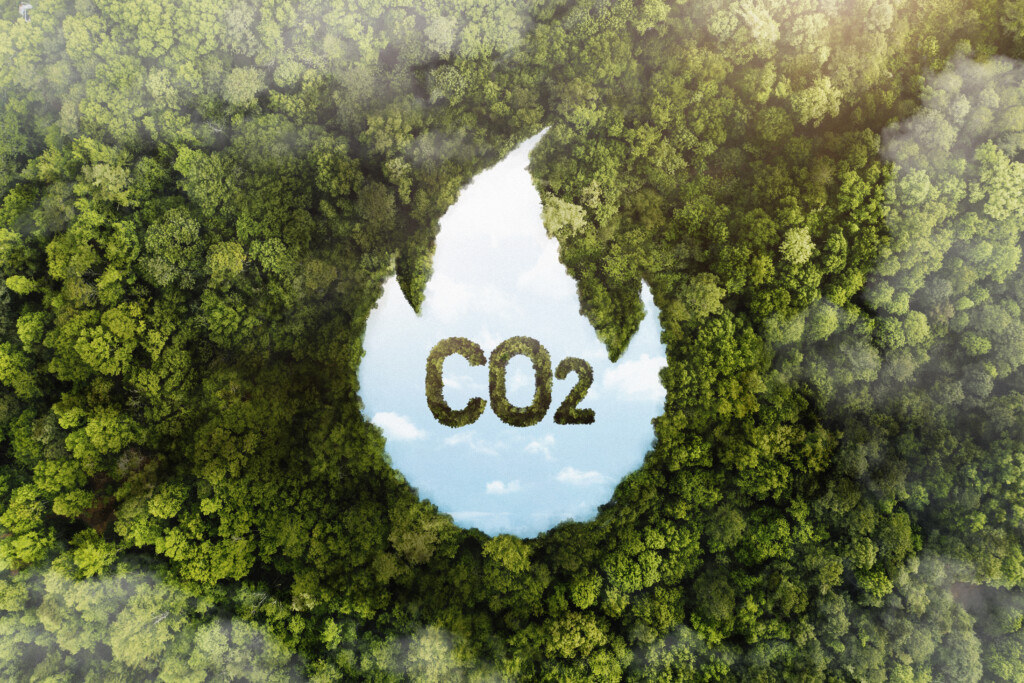
There’s a lot of chatter about emissions these days. But what are they, exactly? Emissions refer to the release of gases and particles into the air. These can be by-products of various human activities, such as transportation, energy production, agriculture, and industrial processes. This isn’t just hot air, folks. The following sections will take a closer look at these sources of emissions.
The first on our list of major emitters is transportation. This includes cars, trucks, planes, and more. These vehicles burn fuels like gasoline and diesel, which releases carbon dioxide, a potent greenhouse gas, into the atmosphere.
“If cars could talk, they’d probably ask for a diet. Too much gas isn’t doing them – or the planet – any good.”
The manufacturing process of these vehicles also produces a significant amount of emissions. Not to mention, the maintenance and disposal of cars and trucks can create additional emissions. The transportation sector is a major contributor to air pollution, so it’s not just about the fuel.

Energy production, including the burning of coal, natural gas, and oil, is another large source of emissions. These fuels are burned in power plants to produce electricity, releasing large amounts of carbon dioxide and other pollutants into the air. “It’s a dirty job, but someone’s got to do it. If only we could find cleaner ways to keep the lights on. Oh wait, we can!”
These energy sources are not only heavy carbon emitters, but they also contribute to other environmental problems, like acid rain and air pollution. It’s high time we give these fossil fuels a break and turn to renewable energy sources.
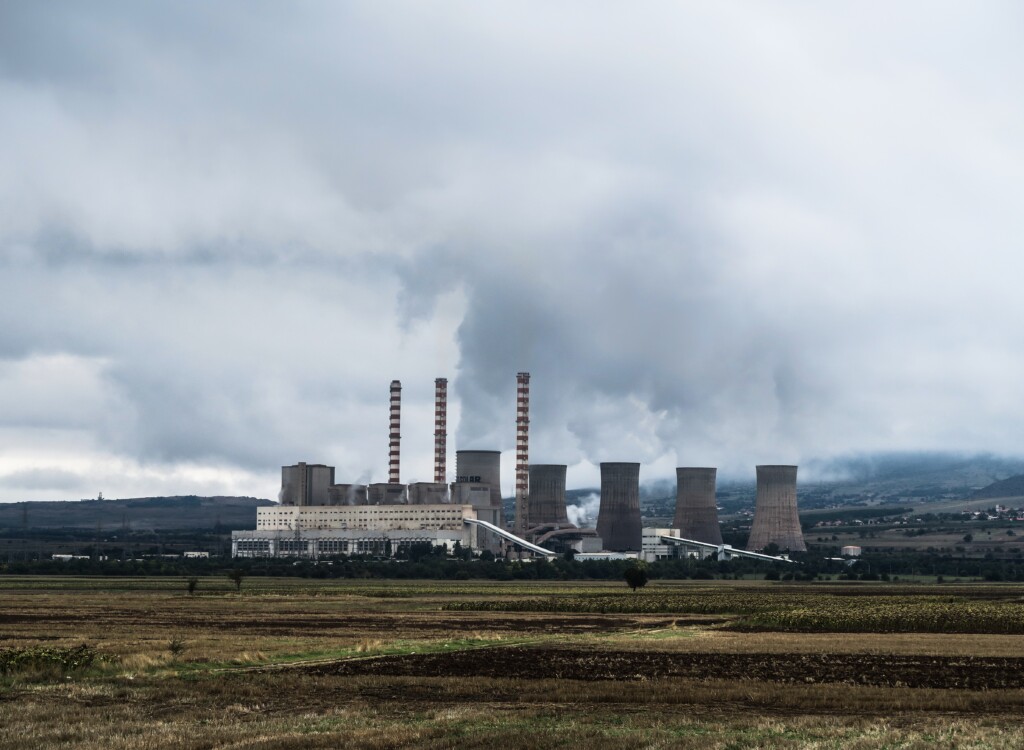
Agriculture is another key player in emissions. Yes, even our food can contribute to this issue. Livestock production, for instance, emits methane, a powerful greenhouse gas. Also, using fertilizers on fields can release nitrous oxide, yet another greenhouse gas.
Moo-ve over, cars. Cows have some gas to pass. This doesn’t mean you should stop eating, though. It’s more about how we produce our food and manage our agricultural practices.
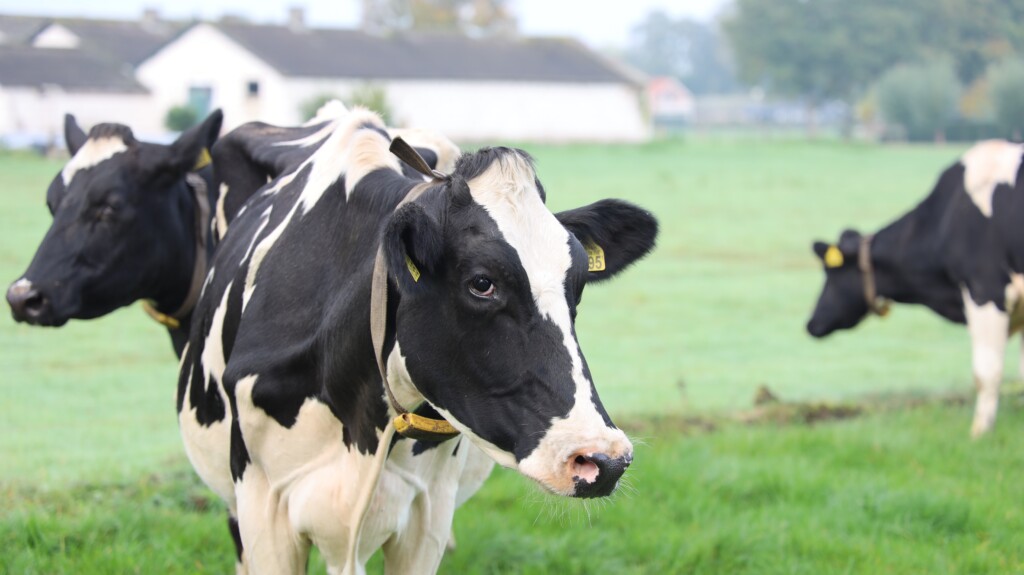
Lastly, there are industrial processes. This includes activities like chemical manufacturing, mining, and cement production. These processes can emit a variety of harmful substances, including greenhouse gases and toxic air pollutants.
Factories might be the backbone of our economy, but they don’t have to be the Achilles heel of our environment. Many of these industries have the potential to switch to more sustainable practices, reducing their emissions in the process. It’s not an easy task, but it’s certainly a necessary one.
So, there you have it. That’s the lowdown on the major sources of emissions. Remember, this isn’t just about pointing fingers. It’s about understanding the problem and, more importantly, finding solutions. Because, at the end of the day, we all have a part to play in reducing emissions and protecting our planet.
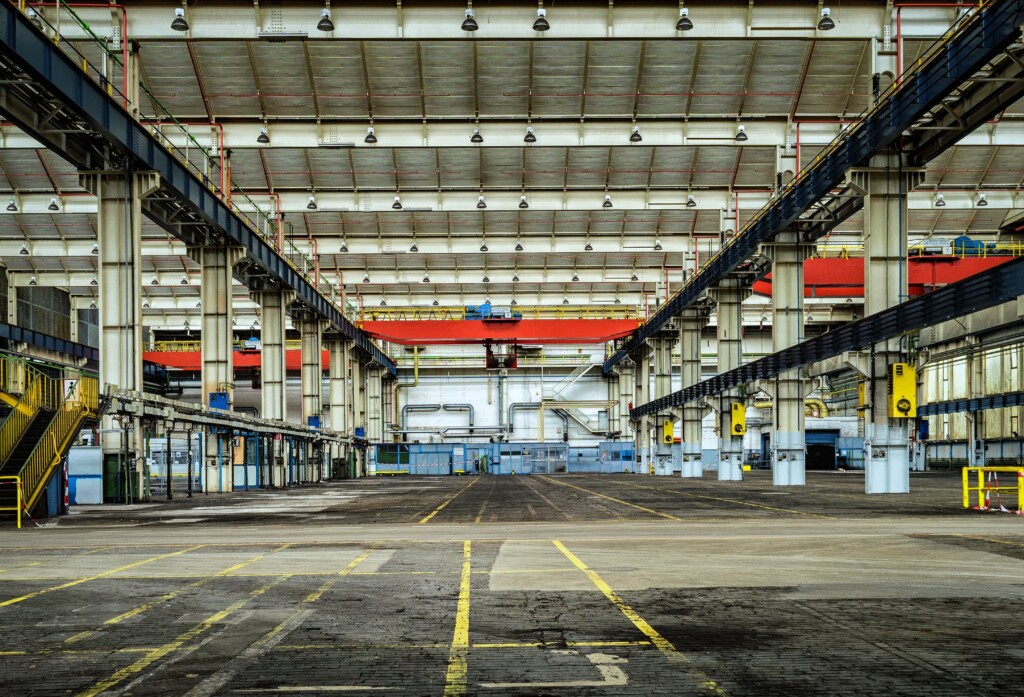
The connection between emissions and climate is more than just a scientific theory, it’s a fact. When we burn fossil fuels like coal, oil, and gas, we release a variety of harmful substances into the atmosphere. These emissions have tremendous impact on our environment and climate. Let’s explore below:
The greenhouse effect is a natural process that warms the Earth’s surface. However, human activities, primarily the burning of fossil fuels and deforestation, have accelerated this process. When we burn these fuels, we emit greenhouse gases like carbon dioxide into the atmosphere, trapping more heat and leading to global warming.
🌡️🌎Global warming is not just about hotter summers. It’s about more severe storms, more inconsistent weather, rising sea levels, and a host of other serious, lasting changes.
Acid rain is another byproduct of emissions. When we burn fossil fuels, we release sulfur dioxide and nitrogen oxide which contribute to the formation of acid rain. This acidic precipitation can severely damage ecosystems, acidifying soils and waters, and harming wildlife.

Not only does the environment suffer from emissions, but so do we. Particulate matter, a common emission from burning fuels, contributes to air pollution. This pollution can lead to serious health issues, such as respiratory diseases, heart disease, and even premature death.
The ozone layer, which shields the Earth from the sun’s harmful ultraviolet rays, is also being depleted by certain emissions. The release of substances like Chlorofluorocarbons (CFCs) contributes to the thinning of this protective shield, allowing more harmful UV radiation to reach the Earth’s surface.
As our society hustles and bustles, we often overlook the invisible footprints we leave behind. We’re talking about emissions: gaseous substances released into the air as a byproduct of human activities. This isn’t just about the smoke billowing out of your car’s exhaust pipe. It’s also about those rogue Chlorofluorocarbons (CFCs) mentioned earlier, nibbling away at our beloved ozone layer.
These real-world examples offer valuable insights and a tangible perspective on the overarching theme. Join us on this enlightening exploration.
The polar ice caps are melting at an alarming rate. According to a study published in the Journal of Glaciology, the rate of ice loss from the Greenland ice sheet has increased dramatically in the 21st century. This has led to rising sea levels, a clear indicator of climate change.
This chart graphically illustrates the increase in the annual ice loss rate from the Greenland ice sheet over the past two decades. A trend, unfortunately, expected to continue unless we significantly reduce emissions.
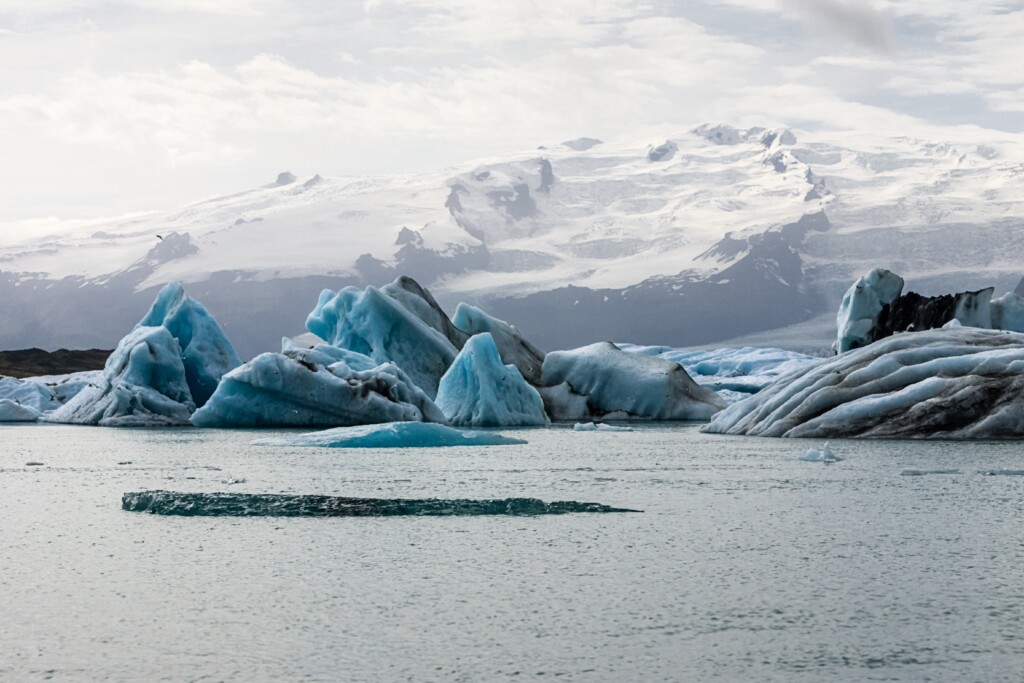
The Amazon Rainforest, often referred to as the ‘lungs of our Earth’, is another victim of climate change triggered by emissions. The escalating levels of greenhouse gases have produced extreme weather patterns, leading to unprecedented droughts and wildfires.
🌾In 2005, the Amazon experienced one of its worst droughts in a century.
🔥 Widespread fires in 2019 resulted in a significant loss of forest cover.
These events are not only devastating for the local ecosystems but also contribute to a vicious cycle. The destruction of these forests means less carbon dioxide is absorbed from the atmosphere, thereby exacerbating global warming.
So, what can we all do about this? The answer lies in adopting a more sustainable lifestyle, reducing our carbon footprint, and pressuring governments and corporations to take decisive action against climate change. It’s high time we stop being mere spectators and start playing an active role in preserving our planet.

Understanding the magnitude and sources of emissions is pivotal to crafting effective environmental strategies. Let’s explore the tools and methods at our disposal.
Whether we like it or not, we’re partying like there’s no tomorrow on this spaceship we call Earth, and the hangover is starting to kick in. We need to get serious about measuring and monitoring emissions, and here’s why:
👩💼 If you can’t measure it, you can’t manage it.
For us to address the pressing issue of emissions, we must first understand the scale of the problem. That’s where data collection comes in. It helps us quantify the amount of pollutants being released into the atmosphere, identify the major sources, and track trends over time.
Fortunately, we’re not tackling this mammoth task with a yardstick and a notepad. A wide variety of tools and technologies are instrumental to this cause:
Of course, all this collected data needs a home. Several databases and reporting systems exist, both on a national and global scale:
| Database/Reporting System | Description |
|---|---|
| Emission Database for Global Atmospheric Research (EDGAR) | A project by the European Commission providing global emission data. |
| The United States Environmental Protection Agency (EPA)’s Greenhouse Gas Reporting Program (GHGRP) | This national program collects and publishes data about greenhouse gas emissions from large facilities in the U.S. |
| United Nations Framework Convention on Climate Change (UNFCCC)’s National Inventory Submissions | It compiles emission inventories submitted by countries that are party to the Convention. |
The more we understand about emissions, the better equipped we are to tackle them. So, let’s roll up our sleeves and make our spaceship a cleaner, healthier place to live!

If we were to play a game of global charades, and your clue was ‘efforts to cut down on emissions,’ you’d probably start with the Kyoto Protocol or the Paris Agreement – and you’d absolutely be on the right track! These international treaties have been instrumental in the fight against climate change and global warming, making concerted efforts to reduce emissions worldwide.
The Kyoto Protocol came into force in 2005, shaking up the global stage with its unique, legally binding approach to reducing greenhouse gas emissions. This ‘tough love’ approach was seen as a necessary step in tackling the colossal problem of climate change.
The earth does not belong to us. We belong to the earth.
Chief Seattle
Building on the foundation laid by the Kyoto Protocol, the Paris Agreement was adopted in 2015 and has since been ratified by 189 out of 197 Parties to the Convention. Its goal is to limit global warming to well below 2, preferably 1.5 degrees Celsius, compared to pre-industrial levels. The Paris Agreement works on a five-year cycle of increasingly ambitious climate action carried out by countries. By doing so, it aims to foster adaptation and resilience to the inevitable impacts of climate change while aligning finance flows with low emission and climate-resilient pathways.
But international treaties aren’t the only efforts to combat emissions. As the saying goes, ‘variety is the spice of life,’ and it’s certainly true when it comes to emission reduction strategies.
Enter: renewable energy. This sun-kissed hero (and wind-powered, wave-riding, earth-warming champion) is at the forefront of cutting emissions. Renewable energy sources like solar, wind, hydro, and geothermal are not only infinite (hence the name), but they also emit little to no greenhouse gases. By shifting from fossil fuels to renewable energy, we can significantly cut down on emissions.
And let’s not forget about policies, incentives, and regulations implemented by different countries. These measures often serve as catalysts for emission reductions. For instance, many countries have implemented carbon pricing, providing an economic incentive for businesses to reduce their carbon footprint. Others have implemented stringent emission standards for vehicles, accelerating the shift to electric cars. These initiatives, combined with public awareness and pressure, are fueling the shift towards a lower-carbon world.
So, in the grand game of global charades, remember: international treaties, renewable energy, and national policies are the key players in the quest to reduce emissions. Together, they represent our collective efforts and commitment to a cleaner, greener, and more sustainable world.
Oh, you wonderful, planet-loving individual, you! It’s clear that you’re yearning to make a difference in the world, aren’t you? Well, let’s roll up our sleeves and get our hands dirty, metaphorically, of course. We’re talking about reducing our carbon footprint and supporting green energy and sustainable practices. And the best part? It’s all about simple, daily actions that can significantly cut down emissions. So let’s dive in.
First things first, reducing your carbon footprint.
But it’s not just about reducing your emissions, it’s also about supporting green energy and sustainable practices.
Supporting renewable energy can make a significant difference; consider transitioning to an electricity provider that harnesses power from green sources. Additionally, making sustainable home improvements, such as installing solar panels, utilizing energy-efficient appliances, and ensuring proper insulation, not only diminishes your carbon footprint but also offers savings on energy bills.
Beyond personal choices, it’s beneficial to support businesses with a dedication to sustainability, whether it’s restaurants sourcing local produce or clothing stores championing ethical manufacturing processes.
Remember, it’s the small actions that we take every day that can add up to big changes. As Margaret Mead once said, “Never doubt that a small group of thoughtful, committed citizens can change the world; indeed, it’s the only thing that ever has.”
In the end, it’s not just about being conscious of our actions today, but also about considering the impact of those actions on future generations. So let’s all do our bit, for a greener and cleaner planet!
Stay a while and read more posts like this
Let’s devote a few minutes to envision our world in 2100. It’s quite a thought experiment, given the dramatic transformations our planet has experienced in...
With climate change looming large, the world is embarking on a quest for solutions to heal our ailing planet. Solar geoengineering emerges as a burgeoning field,...
Taking on parenthood comes with unique choices that factor in more than just our family’s immediate needs. For modern parents, who are not just guardians of...